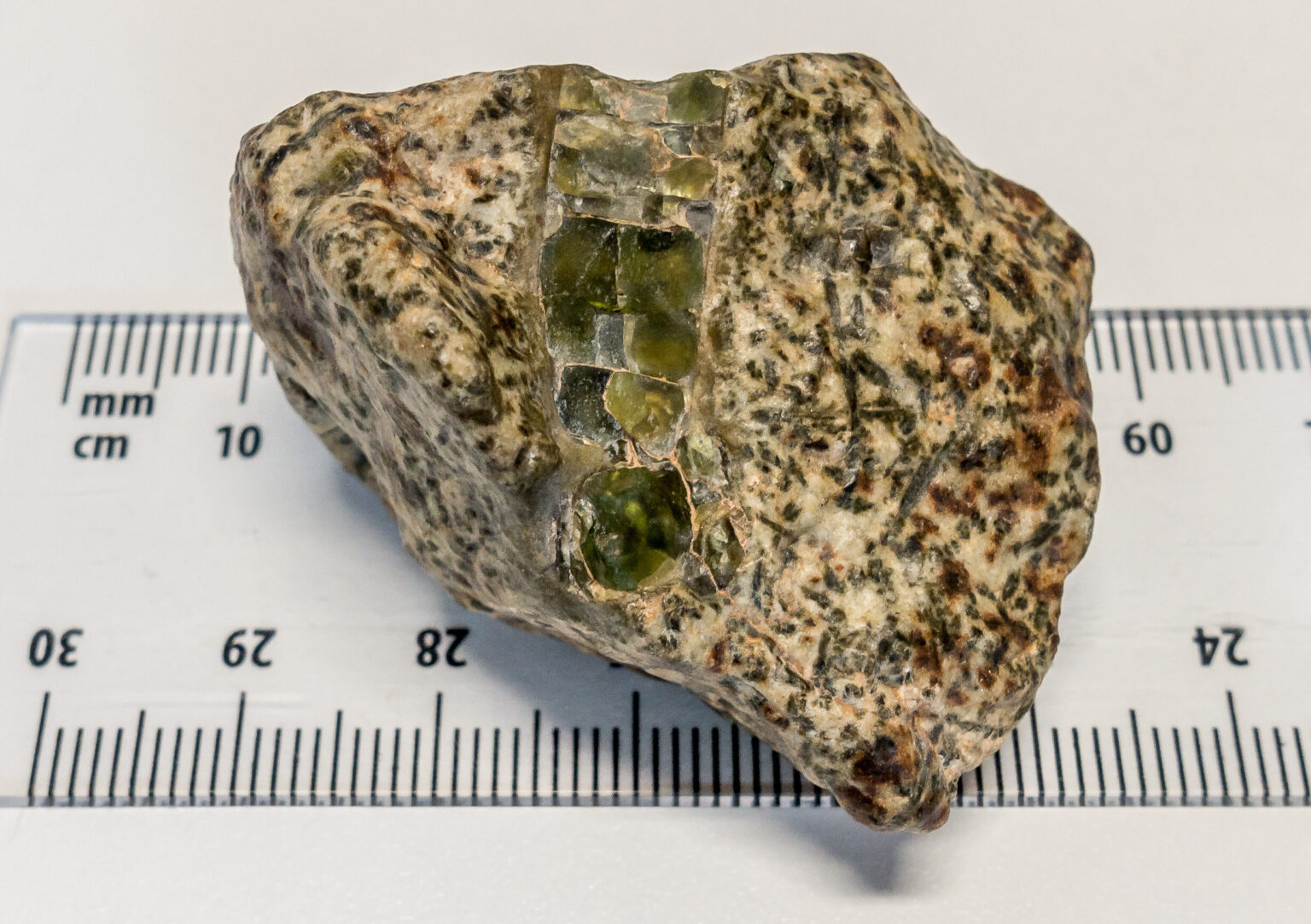Scientists investigated the meteorite Erg Chech 002 found in the Sahara. They were interested in how evenly the radioactive isotope aluminum-26 was distributed in the early Solar System. This is important to accurately date the events that took place in it at that time.

Ancient meteorite
Recently, a study of the meteorite Erg Chech 002 was published in the journal Nature Communications. It was discovered in 2020 in the Sahara Desert in North Africa. It belongs to a type of stony meteorite called an andesitic achondrite.
The peculiarity of Erg Chech 002 is that among all meteorites of this type found on Earth, it is the oldest; it was formed at the very dawn of the Solar System. And scientists are very interested in when exactly. Therefore, they determined its age by several different methods.
One of the most important issues that they wanted to solve at the same time was the content of the aluminum-26 isotope in the composition of this meteorite and its distribution in the early Solar System as a whole. It was the main source of heating of the material in the protoplanetary disk.
What the measurements showed
The main method used in the dating of Erg Chech 002 was the measurement of lead isotope content. According to it, the exact age of the meteorite is 4.566 billion years. This figure was associated with the content of aluminum-26 and compared with data obtained from other ancient meteorites.
As a result, scientists concluded that the content of aluminum-26 in the bodies formed in the early Solar System was uneven. And this is important for two reasons. Firstly, now this fact must be taken into account if scientists want to use this isotope to determine the age of solar system bodies.
Secondly, this result indicates that the protoplanetary disk around the Sun continued to be enriched with material from the outside after planetesimals began to form in it. This is in good agreement with previously obtained data from other studies.
According to phys.org
Follow us on Twitter to get the most interesting space news in time
https://twitter.com/ust_magazine
